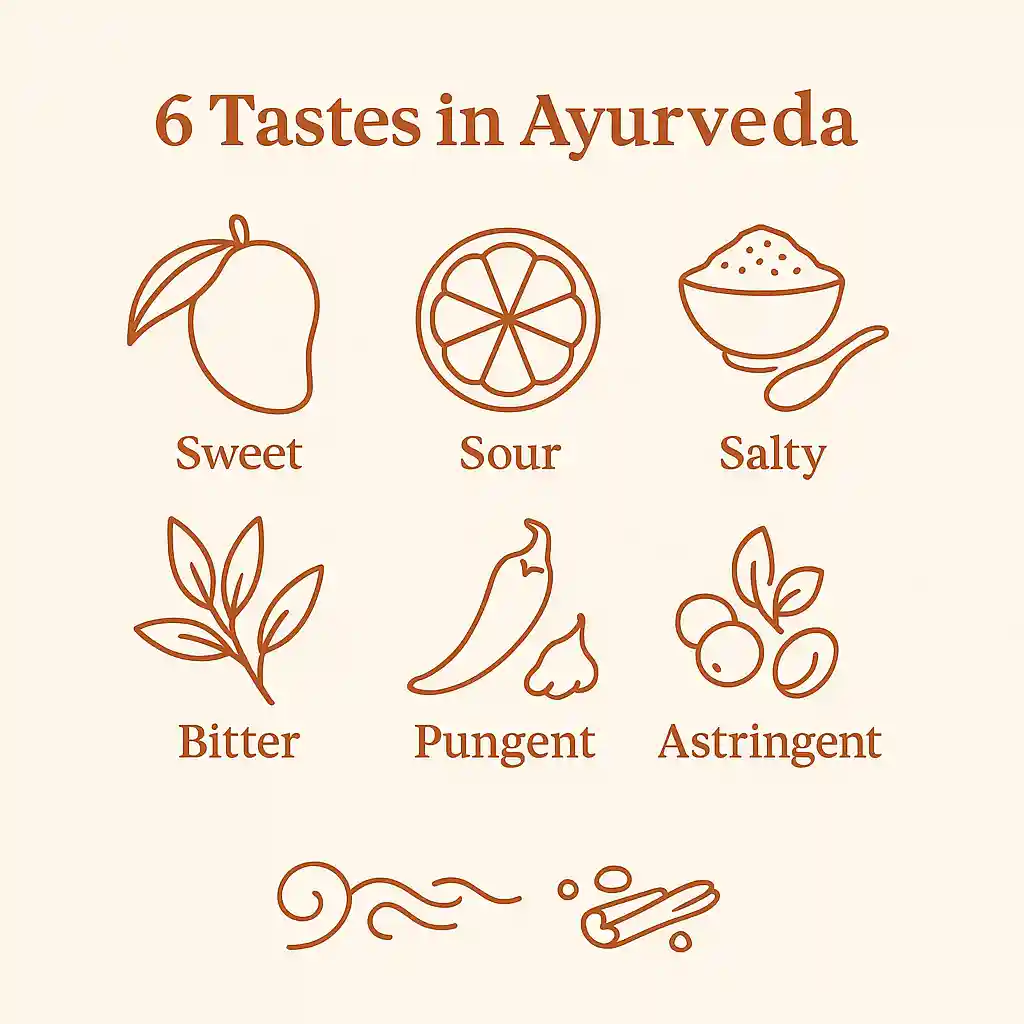
Understanding which foods to avoid is essential for maintaining Vata balance and digestive harmony
Vata dosha, composed of the air and ether elements, governs movement, communication, and the nervous system in the body. Its primary qualities are cold, dry, light, and mobile. When Vata becomes imbalanced, symptoms such as gas, bloating, anxiety, dryness, and irregular digestion may arise.
From an Ayurvedic perspective, managing Vata involves cultivating the opposite qualities through food and lifestyle. This means emphasizing warm, moist, grounding, and stabilizing influences—starting with diet. Here, we explore the foods that tend to aggravate Vata and should generally be minimized or avoided.
1. Cold and Raw Foods
Examples: Raw salads, smoothies, cold cereals, iced drinks, raw vegetables
Why to Avoid: Vata is inherently cold and light. Consuming cold, uncooked foods further cools the digestive fire (Agni) and disrupts regular digestion, leading to increased gas, bloating, and dryness.
2. Dry and Light Foods
Examples: Crackers, popcorn, rice cakes, dry toast, granola, dry legumes
Why to Avoid: These foods mirror Vata's dry and airy nature, contributing to internal dryness (e.g., dry skin, constipation) and a feeling of being ungrounded or scattered.
3. Gas-Forming Legumes and Cruciferous Vegetables
Examples: Chickpeas, black beans, kidney beans, cabbage, cauliflower, broccoli
Why to Avoid: These foods tend to be rough and gas-forming, increasing bloating and discomfort—common Vata imbalances.
4. Bitter, Astringent, and Pungent Tastes (in Excess)
Examples:
- Bitter: Kale, dandelion greens, raw spinach
- Astringent: Unripe bananas, cranberries, pomegranate rind
- Pungent: Excess garlic, onions, chilies
Why to Avoid: These tastes are drying and lightening, which can destabilize Vata further.
5. Stimulants and Nervous System Irritants
Examples: Coffee, black tea, nicotine, alcohol (especially dry wines or fizzy drinks), recreational drugs
Why to Avoid: Vata governs the nervous system. These substances stimulate and then deplete the system, often worsening symptoms like anxiety, restlessness, and insomnia.
6. Fermented and Carbonated Foods
Examples: Kombucha, vinegar-heavy pickles, sauerkraut, soda
Why to Avoid: These foods are sharp, light, and volatile—qualities that disturb Vata's stability and digestive balance.
7. Frozen, Leftover, and Processed Foods
Examples: Frozen dinners, canned goods, processed snacks, microwaved leftovers
Why to Avoid: These foods lack prana (life force) and often carry stale, dry, or denatured qualities that are difficult for Vata's delicate digestion to handle.
Vata-Pacifying Alternatives
To restore balance, emphasize:
- Warm, cooked meals like soups, porridges, and kitchari
- Healthy fats such as ghee, sesame oil, and avocado
- Root vegetables like sweet potatoes, carrots, and beets
- Spices like ginger, cinnamon, cumin, fennel, and turmeric
- Sweet, sour, and salty tastes, which are stabilizing for Vata
Next Steps for Vata Balance
- Take the Dosha Quiz to confirm your primary constitution
- Use the Ayurvedic Food Checker Tool to check if specific foods are Vata-pacifying
- Explore the Vata Diet Guide for a full list of foods to favor and meal ideas
Frequently Asked Questions
Related Articles

Ayurveda for Anxiety: A Holistic Approach to Calming the Mind and Nervous System
Discover how Ayurvedic principles can naturally calm anxiety through Vata-pacifying diet, grounding herbs like Ashwagandha, and nervous system-soothing daily routines.
10 min read
The 6 Tastes in Ayurveda: Understanding Rasa and Your Dosha
Discover how the six Ayurvedic tastes (Rasa) influence your dosha constitution and learn to create perfectly balanced meals that support optimal digestion, emotional harmony, and vibrant health.
12 min read